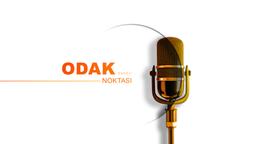
The 4th issue of TEPAV Macroeconomic Imbalance Indicators Bulletin has been published.
While economic activity contracted sharply with the COVID-19 epidemic, the measures to combat the epidemic brought significant financial burdens and private as well as public sector debt increased in many of the EU countries. In countries whose economies are based on tourism revenues, the current account balances deteriorated with the epidemic, and this development negatively affected the indicators of countries with a high Net International Investment Position deficit. Due to measures such as the implementation of short-term work schedules, working hours have decreased and labor productivity measures based on hours worked have decreased significantly. Besides, nominal and real effective exchange rates rose in many countries as a reflection of the appreciation of the Euro in international markets, and there were fluctuations in export market shares. The measures taken against the COVID-19 crisis preserved production capacities and limited the effects on employment. After the ongoing increases before the COVID-19 outbreak, house prices accelerated further in 2020 reaching their fastest growth rate since the global financial crisis.
During the epidemic, the level of indebtedness of residents in Turkey increased in parallel with the EU countries. All of the internal imbalance indicators defined by the variables of private sector credit flow, private sector debt stock and general government debt stock increased at high rates in 2020. While Turkey's net foreign exchange position gap increased, its international competitiveness remained high, leading to increases in the indicator calculated using the share of exports in world exports, and the indicator regarding the current account balance preserved its value below the threshold value. The house price index indicator, which measures the real price change in the housing market, is 3 times the average of 27 EU member states. In terms of employment indicators, Turkey also differed negatively from EU countries, while the long-term unemployment rate and youth unemployment continued to increase, the economically active population diminished.
You may read bulletin from here.




